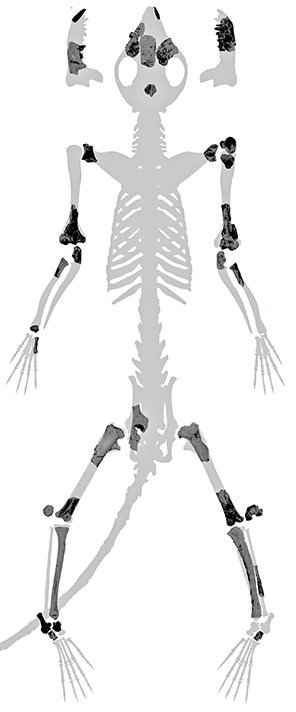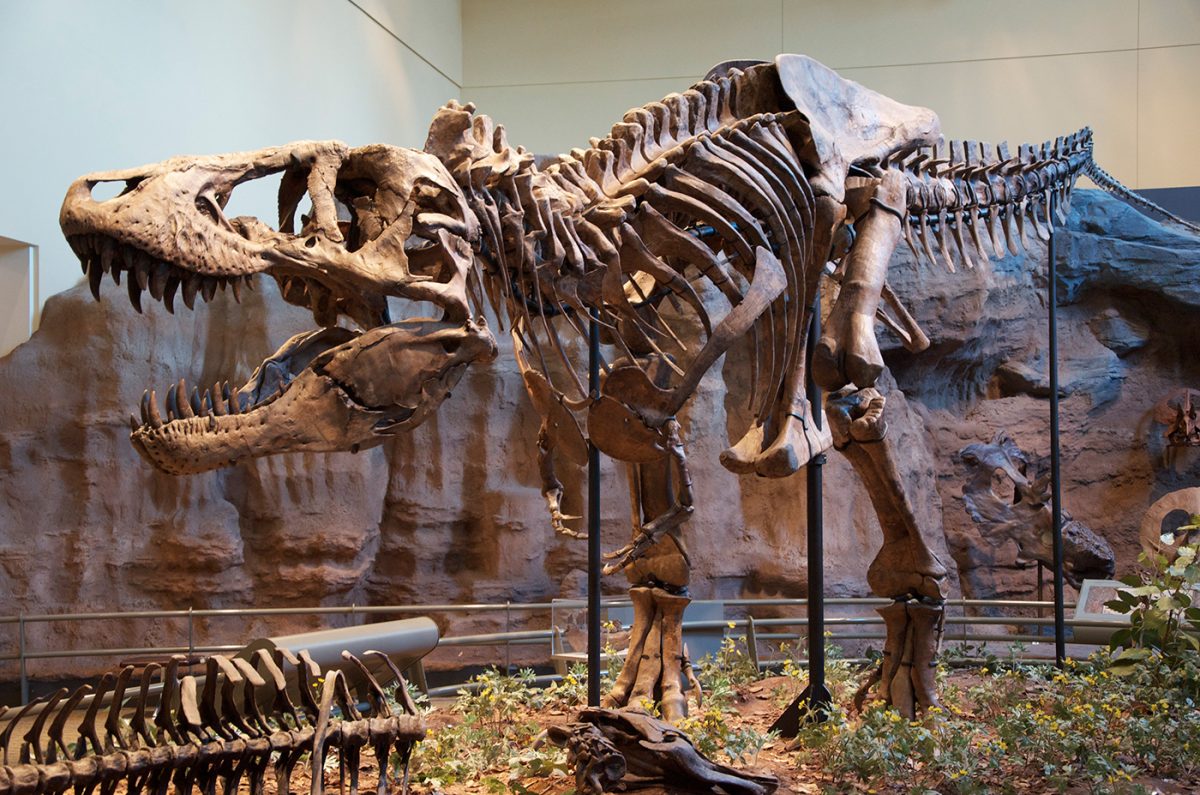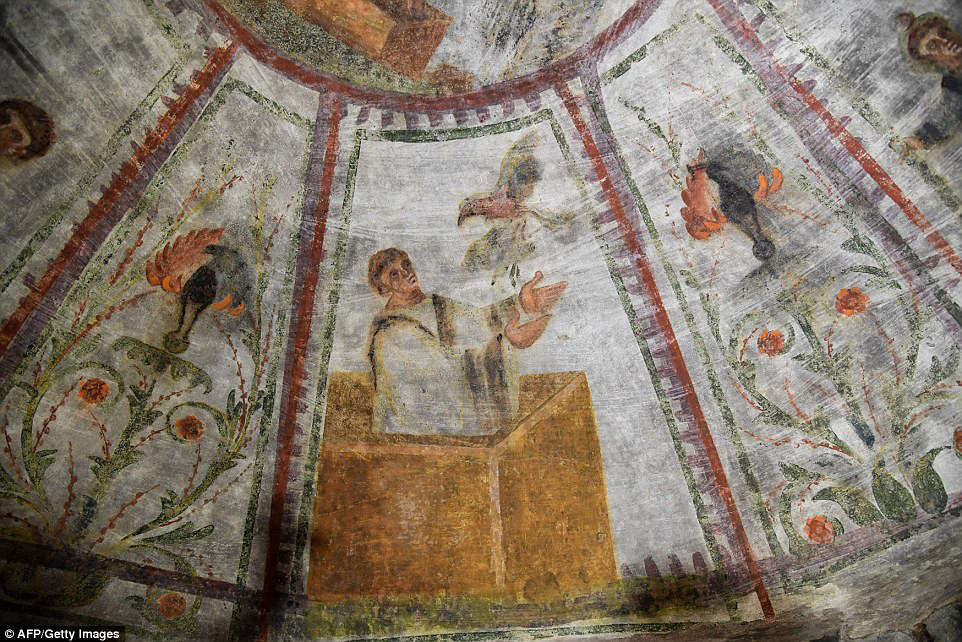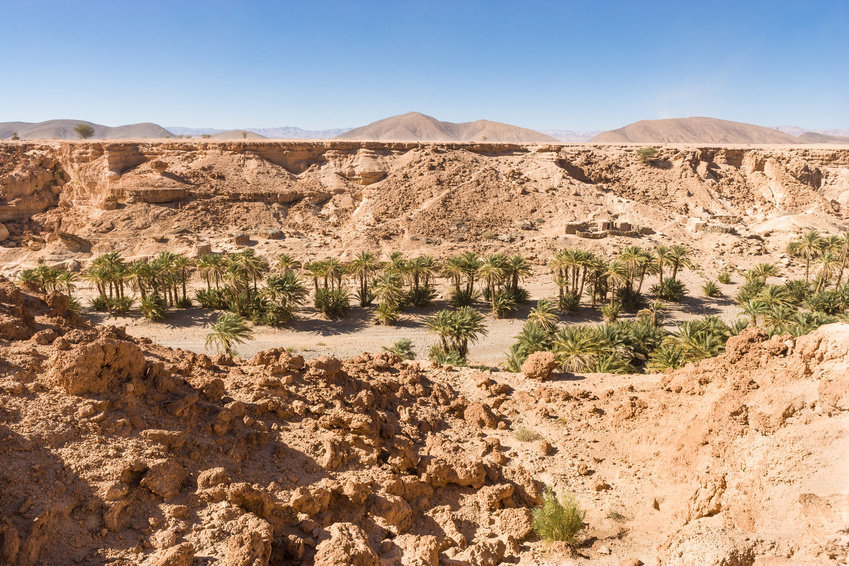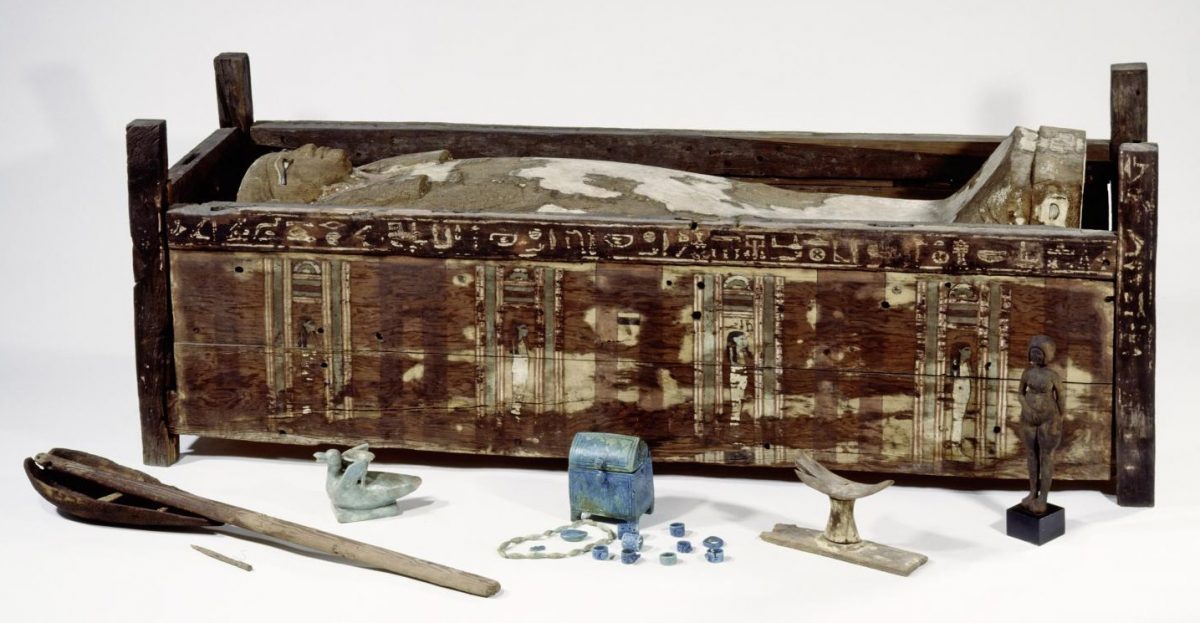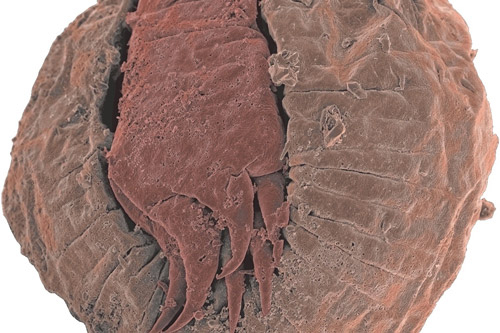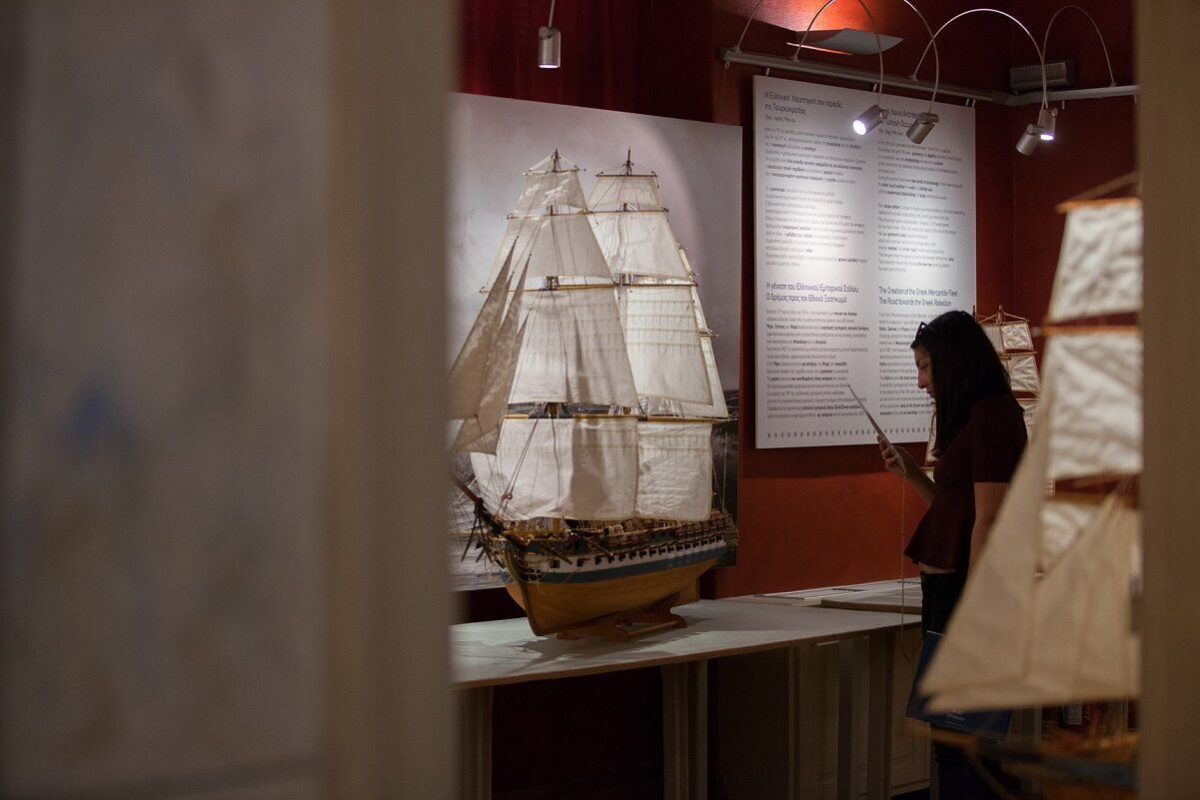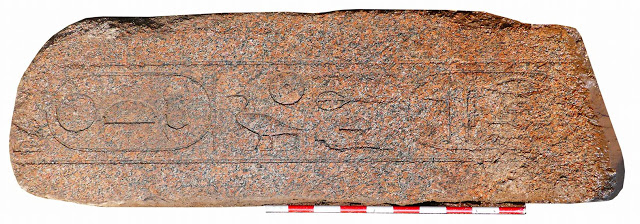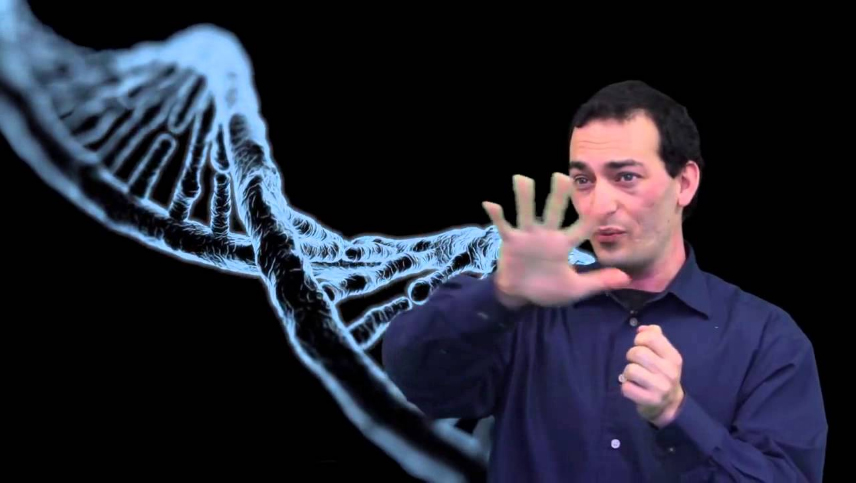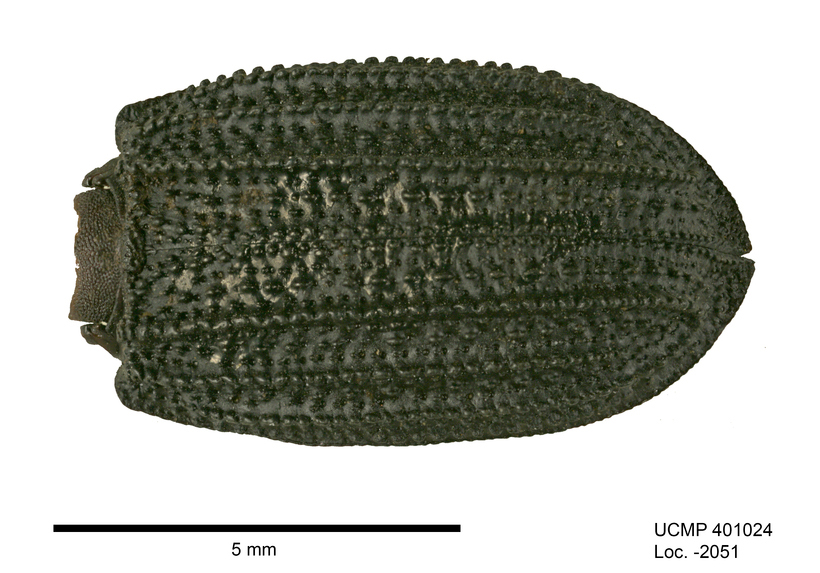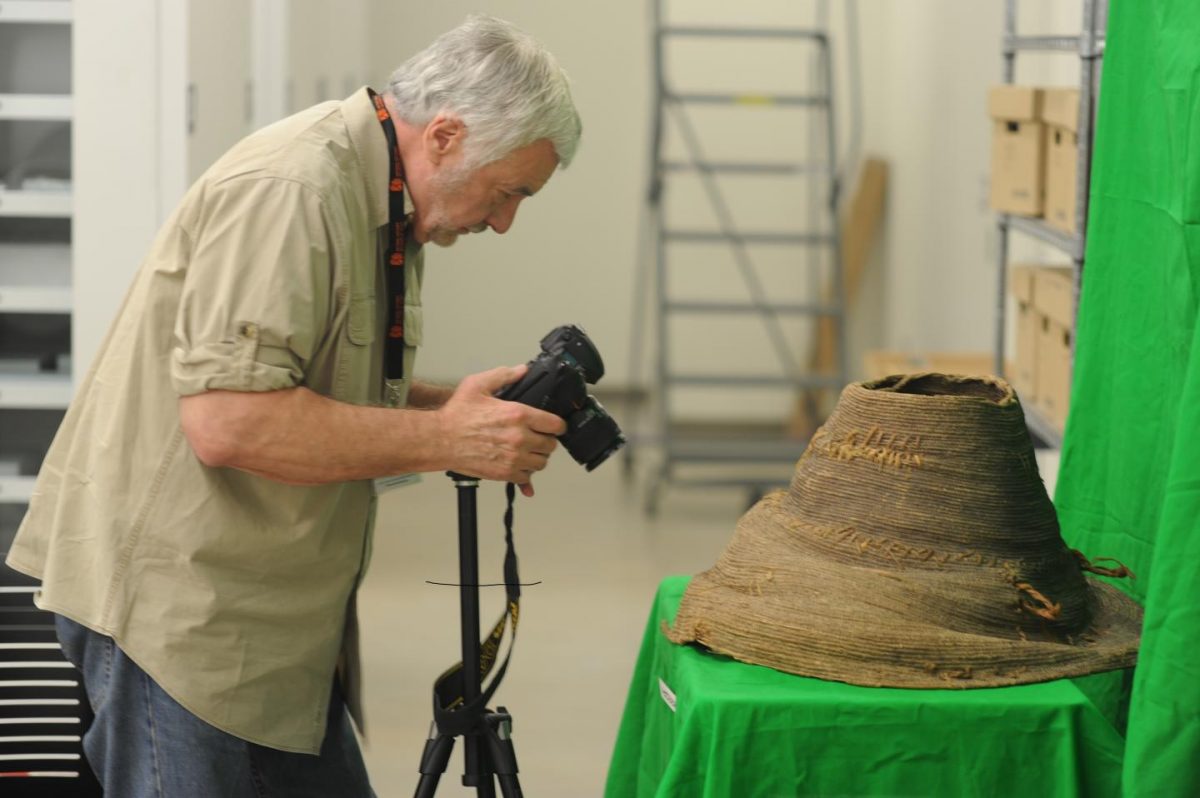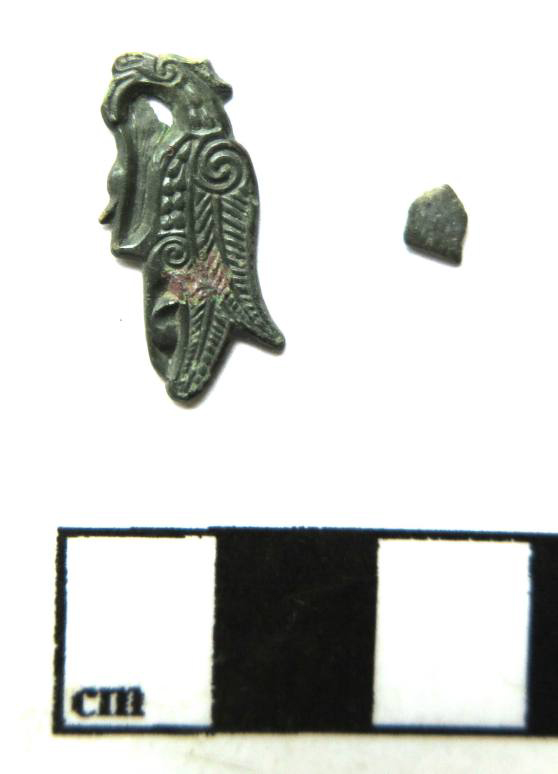Forensic technique uses forehead X-rays to assess age of juvenile remains
An approach which should be particularly valuable when working with incomplete remains.
Rice first domesticated in China at about 10,000 years ago
Rice, one of the world's most important staple foods sustaining more than half of the global population, was first domesticated in China about 10,000 years ago, a new study suggested Monday.
New research reveals earliest directly dated rock paintings from southern Africa
Experts showed that paintings in south-eastern Botswana are at least 5500 years old, whilst paintings in Lesotho and the Eastern Cape Drakensberg, South Africa, date as far back as 3000 years.
Fossil skeleton confirms earliest primates were tree dwellers
Study supports the hypothesis that plesiadapiforms, which first appear in the fossil record shortly after the extinction of non-avian dinosaurs, were the earliest primates.
Collagen from a Tyrannosaurus rex bone proves Jurassic Park will never exist
Palaeontologists at the University of Manchester have definitively proven there will never be a Jurassic Park after re-analysing collagen from a Tyrannosaurus rex bone discovered more than a decade ago.
New Christian frescoes revealed in Rome’s biggest catacomb
A seven-year restoration of two underground burial rooms at the Catacombs of Domitilla, close to the Appian Way, has been completed on Tuesday.
Paleobiologists make intriguing new discoveries about dinosaurs’ ancestors
An international group of researchers has discovered that the most ancient dinosaurs' ancestors were quadrupedal.
Private Roman bath house is found under city park
A private Roman bath house, belonging to the richest Romans in Chichester, has been unearthed in one of the city's parks.
Groundwater ‘pit stops’ enabled survival and migration of our ancient ancestors
New study reveals the importance of African groundwater in kick-starting the evolutionary history of humans.
The first genome data from ancient Egyptian mummies
The study found that modern Egyptians share more ancestry with Sub-Saharan Africans than ancient Egyptians did, whereas ancient Egyptians were found to be most closely related to ancient people from the Near East.
Just how old are animals?
Our oldest ancestor might have existed around 1.5 billions of years ago, a date that is almost three-times as old as the oldest fossil evidence of animal life.
Solving the puzzle of when the first humans arrived in the Americas
A Newcastle University expert is leading a new study which aims to resolve a longstanding debate about how and when people first came to the Americas.
Delos: Ancient remains and new shipwrecks discovered
Results of the investigation conducted from May 2 until May 20, 2017.
VOYAGE: Greek Shipbuilding and Seafaring from antiquity to modern times
The goal of the exhibition is to present to the visitors, in a coherent and comprehensible manner, the history of Greek seafaring and shipbuilding.
4000-year-old red granite lintel discovered at Egypt’s Herakleopolis Magna
A large lintel of red granite was discovered during excavations in the temple of Heryshef at the Herakleopolis Magna archaeological site.
Genomics tracks migration from lost empires to modern cities
New genomic tools are enabling researchers to overturn long-held beliefs about the origins of populations, a researcher told the annual conference of the European Society of Human Genetics.
How dinosaurs may have evolved into birds
Tohoku University researchers and their international collaborators have identified a possible genetic mechanism underlying the evolution of birds, according to a recently published study in Nature Communications.
Fossil beetles suggest that LA climate has been relatively stable for 50,000 years
The research was based on more than 180 fossil insects preserved in the La Brea Tar Pits of Los Angeles
King Tut’s bed and chariot moved to the Grand Egyptian Museum
Tutankhamun’s funerary bed and chariot were safely moved on Tuesday evening from the Egyptian Museum in central Cairo to the Grand Egyptian Museum across the city.
Religious devotion as predictor of behavior
Robert Lynch, a postdoctoral fellow in anthropology, says the level of devotion one feels toward religious beliefs can predict how that person likely will interact with members of his own group or with members outside of the group.
Archaeologist involved in groundbreaking discovery of early human life in ancient Peru
Hundreds of thousands of artifacts, including hand-woven baskets, in Huaca Prieta, reveal that early humans in that region were a lot more advanced than originally thought and had very complex social networks.
A Middle Stone Age ochre-processing workshop
Middle Stone Age humans in the Porc-Epic cave likely used ochre over at least 4,500 years.
The Bamburgh Bird
Near the end of last summer’s excavation season a marvellous new find of national significance was discovered at Bamburgh Castle; a beautifully decorated copper alloy bird mount.
‘Agricultural revolution’ in Anglo-Saxon England sheds new light on medieval land use
University of Leicester academics work with University of Oxford in project to examine how historical farming methods changed England’s landscape.



